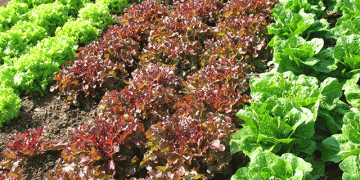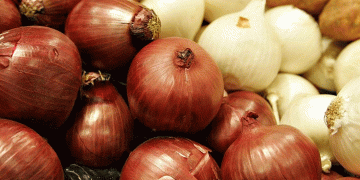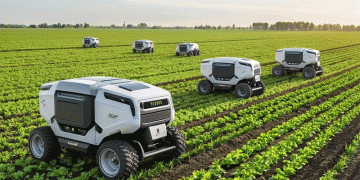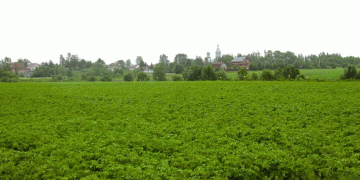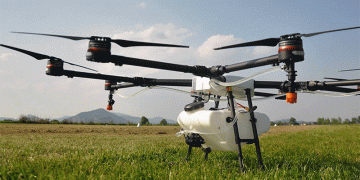For those who have grown vegetable or flower seedlings on windowsills, the struggle for sufficient light and heat is all too familiar. This problem is compounded for those growing seedlings in heated greenhouses, especially when growing large volumes not only for personal use but also for distribution. Brett and Lucy Gallagher, young farmers and permaculture gardeners in Prague’s Prokop Valley, face this very problem. However, their innovative approach has allowed them to maximize their growing area without relying on artificial fertilizers or chemicals.
The Gallaghers grow vegetables on land leased from the city and supply produce to dozens of families through a box scheme throughout the season. Given limited space and high demand, they developed a method of growing seedlings that optimizes every inch of the greenhouse and beds.
“We sow the seeds in trays in groups of three or four and transplant them into the garden together without thinning,” explains Lucy Gallagher. This technique has a number of advantages:
Maximum germination success: If the seeds do not germinate, the plug tray does not remain empty.
Efficient use of space: The same number of seeds and seedlings takes up one-third to one-quarter of the space compared to traditional single-seed sowing.
Saving space in the beds: when transplanted in groups, seedlings initially take up less space. As they grow, you can gradually harvest the young plants, leaving only one plant to fully mature.
The method is reminiscent of traditional methods as Lucy recalls her grandmother’s approach to growing bushy seeded carrots. Instead of thinning, her grandmother let the carrots grow and gradually harvested the young ones, giving more room for the remaining plants to mature.
The Gallagher technique is especially useful for crops such as herbs, onions and beets. For example, beet seedlings sown and transplanted in groups can be harvested selectively, ensuring that each plant has enough space to develop without overcrowding.
This space-saving strategy isn’t limited to small gardeners. Even commercial growers can benefit from this method. The Gallaghers have found this particularly beneficial to their permaculture practice as it aligns with their commitment to natural gardening methods.
To optimize seedling growth, they heat the greenhouse with horse manure, maintaining a sustainable and environmentally friendly environment. Using this method, the Gallaghers were able to balance high productivity with minimal space, demonstrating that even small plots can produce significant yields with creativity.
The innovative seedling technique used by Brett and Lucy Gallagher demonstrates a practical solution for maximizing limited growing space. By planting multiple seeds in individual trays and replanting them in clusters, growers can make efficient use of their available space while ensuring sustainable plant development. This approach, based on traditional practices, is proving beneficial to both home gardeners and commercial farmers looking to sustainably increase their productivity. As urban and permaculture gardening grow in popularity, such methods will undoubtedly become important for optimizing space and resources.
















